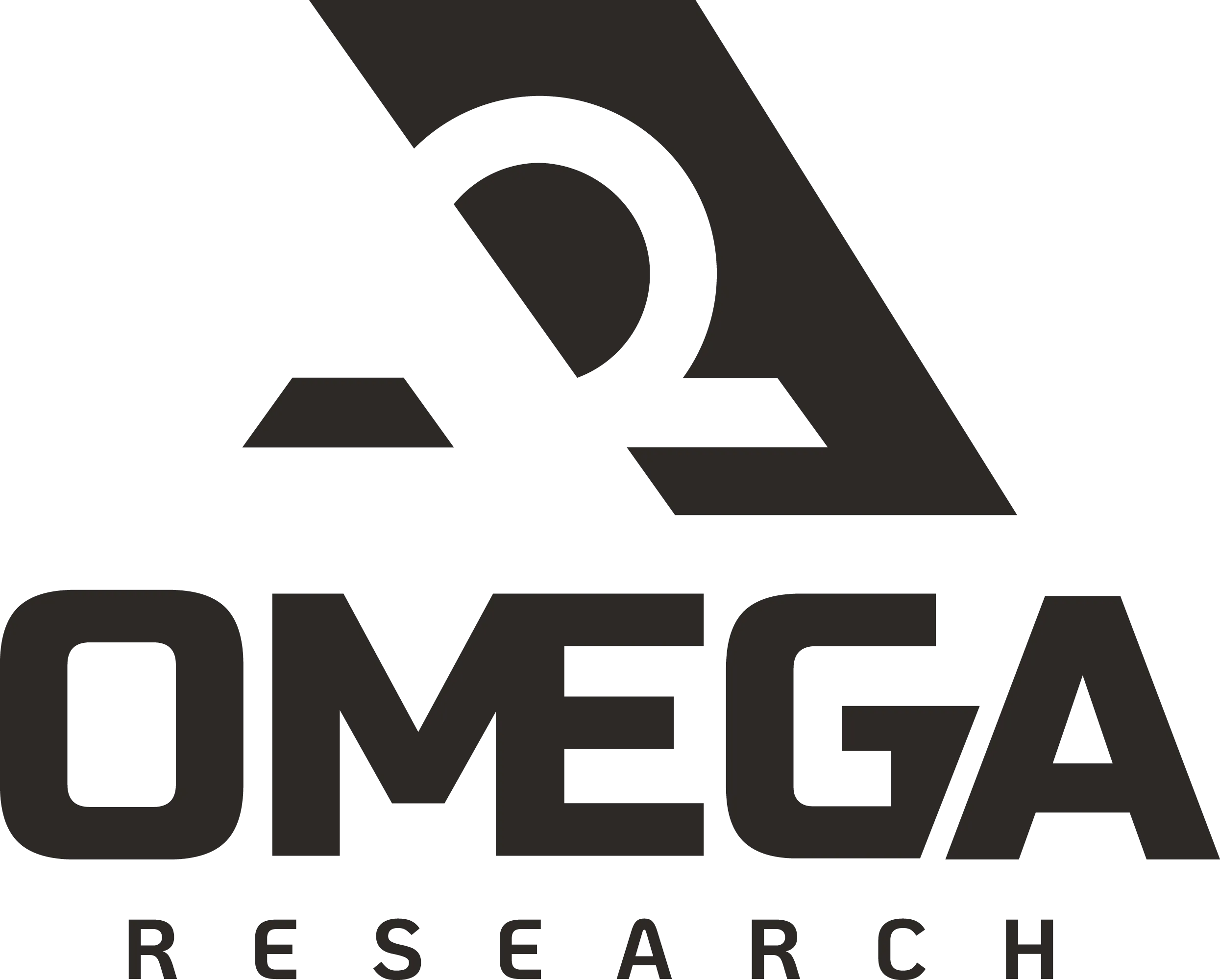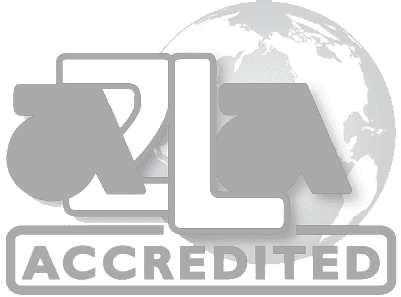MIL-DTL-5541 is the governing specification for chemical conversion coatings on aluminum and aluminum alloys, ensuring corrosion protection, paint adhesion, and, when required, electrical conductivity. Navigating the differences between coating types, staying compliant with monthly testing, and anticipating challenges in application are essential for processing companies and metal finishers operating in regulated industries.
At Omega Research, we help clients meet these requirements through accurate, spec-compliant testing, detailed failure analysis, and process validation. In this blog, we take a closer look at how MIL-DTL-5541 works, how Type I and Type II coatings compare, and what testing is required to stay compliant.
What MIL-DTL-5541 Covers
The specification defines chemical conversion coatings used on aluminum parts in a range of military and aerospace applications. These coatings serve three main functions: they resist corrosion, help paint adhere properly, and, for certain parts, maintain a low level of electrical resistance.
There are two types of coatings:
- Type I contains hexavalent chromium, a highly effective corrosion inhibitor but one that carries environmental and health risks.
- Type II is based on trivalent chromium or other non-hexavalent formulations. While safer to use and dispose of, it may perform differently under some conditions.
Each type can be applied to meet one of two classifications:
- Class 1A is designed for maximum corrosion protection, with or without paint.
- Class 3 is intended for applications that require corrosion protection with low electrical resistance—commonly found in electronics.
Comparing Type I and Type II Coatings
Hexavalent and trivalent coatings behave differently in both performance and processing.
Type I coatings continue to be widely used due to their exceptional corrosion resistance, especially in demanding environments. However, the use of hexavalent chromium is heavily regulated, requiring extensive safety protocols for handling, worker exposure, and waste disposal.
Type II coatings are generally safer and more environmentally friendly, which makes them a preferred option for companies prioritizing compliance and workplace safety. While corrosion resistance can vary depending on application and bath conditions, modern trivalent coatings have made significant progress and can now meet or approach Type I performance in many use cases.
Visually, both types produce coatings that may appear clear, iridescent, or colored (yellow, gray, brown, or blue), with variations depending on alloy, geometry, and bath chemistry. Application methods (spray, immersion, or brush) are largely the same, but Type II formulations may call for more precise control of pH, concentration, and temperature.
Required Testing for MIL-DTL-5541 Compliance
To ensure coating quality and consistency, the specification outlines several required tests. These are typically conducted monthly as part of routine process control.
Salt Spray Corrosion Test (ASTM B117)
This test exposes coated samples to a 5% salt fog environment for 168 hours to confirm corrosion resistance. Companies must submit five specimens per alloy and temper combination, each measuring 3″ x 10″ and at least 0.20″ thick.
Wet Tape Adhesion Test (ASTM D3359)
Designed to assess how well paint adheres to the coated surface, this test uses two specimens coated with the same paint system used in production or a standard primer like MIL-PRF-23377. Samples must meet drying requirements to avoid false failures. Omega can prepare these specimens in-house to spec.
Electrical Contact Resistance (ECR) Test – Class 3 Only
This test confirms that Class 3 coatings meet conductivity standards—specifically, no more than 5,000 microhms per square inch in the as-coated state, and 10,000 microhms after salt spray exposure. Testing is performed under 200 psi electrode pressure. Because pre-spray testing can degrade surfaces and affect post-spray performance, Omega recommends submitting separate sets of samples for each.
Common Issues and What to Watch For
Several technical challenges can arise when processing MIL-DTL-5541 coatings, especially during monthly testing or when switching between Type I and Type II formulations.
Cleaning and Surface Prep
Using iron-based abrasives or alkaline etchants can damage the aluminum surface and cause pitting or inconsistent adhesion. Non-etch, aluminum-safe cleaners are critical to preventing premature failures.
Color and Coating Uniformity
Type II coatings may exhibit color variations across alloys or part geometries. This doesn’t always indicate a performance issue, but consistency is important for visual inspection and customer acceptance.
Bath Control and Application Conditions
Coating bath parameters must be monitored regularly, typically weekly, for pH, temperature, and chemical concentration. Inconsistent bath conditions are a frequent root cause of coating and testing failures. Similarly, temperature extremes during application can impact coating integrity. Temperatures below 65°F can inhibit coating formation, while temps above 140°F may degrade corrosion resistance.
Regulatory Compliance
For Type I coatings, staying compliant with local, state, and federal regulations adds complexity to day-to-day operations. This includes waste treatment, air emissions, and employee exposure levels.
Test Failures
If a monthly control test fails, production must stop until corrective actions are taken. All affected work since the last passing test may need to be evaluated or scrapped, depending on traceability protocols. Documenting all test results, bath analyses, and corrective actions is essential to avoid disruption during audits or contract reviews.
Best Practices for Success
- Choose Type II if environmental compliance is a priority, but verify material performance through qualified product listings.
- Avoid iron-containing surface prep tools and monitor solution cleanliness regularly.
- Follow a strict schedule for bath analysis (weekly) and process control testing (monthly).
- Document all results to maintain audit readiness.
- Use resources like the ASSIST database to verify test or specification contacts.
Conclusion
MIL-DTL-5541 provides a clear framework for ensuring the quality of chemical conversion coatings on aluminum. As environmental rules evolve and performance expectations increase, companies must be prepared to evaluate both hexavalent and trivalent options and adopt the right controls for each.
At Omega Research, we work with aerospace manufacturers and finishers across the country to help them interpret the spec, validate coatings, and navigate compliance through consistent, cost-effective testing. If you’re unsure whether your current process meets spec, or if you’re seeing repeated test failures, reach out to discuss a test program tailored to your application.


